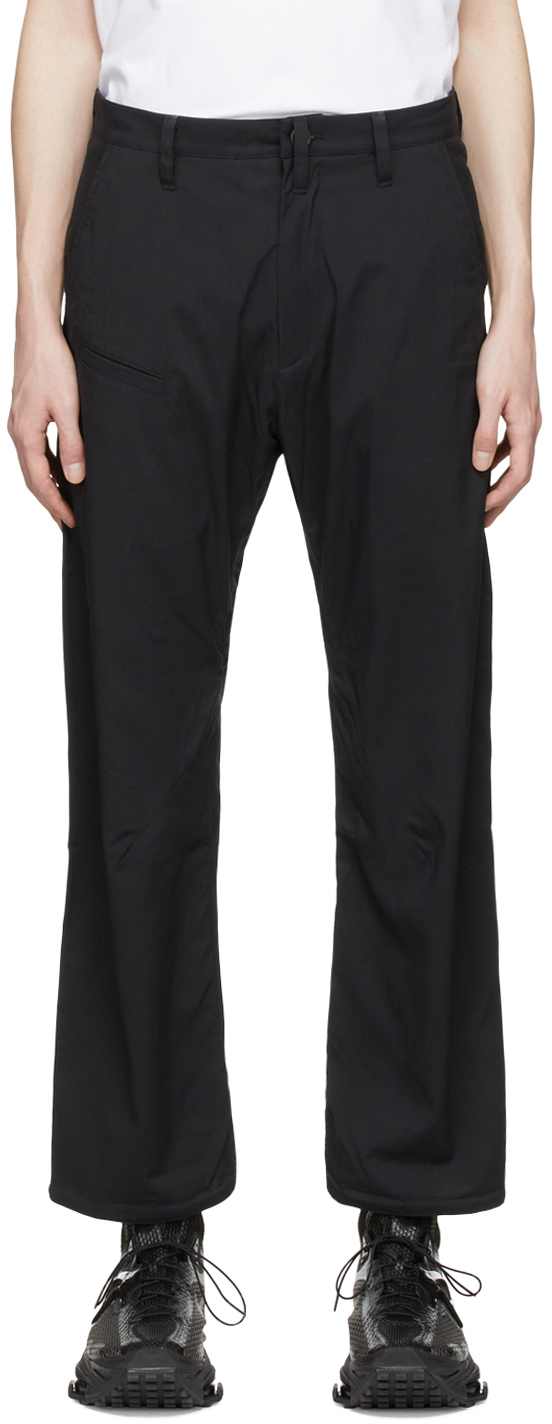

In an era when so many terraces find inspiration in fascism, Cosenza was devoutly anti-fascist. One of the most influential fans in the curva was a Franciscan friar.

The Cosenza ultras had opened a food bank for the poor and created Italy’s first play-park for disabled children. I had heard that Cosenza, a small, ignored city in the deep south, was a place where the ultras squatted buildings confiscated from the mafia, giving beds to hundreds of immigrants and destitute Italians. I actively sought out a curva, or terrace, which might balance the scales, which might even offer some “white chronicles” as well. Yet those cronache nere – “black chronicles” – are only partially representative of the ultra world. It’s about rootedness and belonging: the sort of pride that persuades people to boast that their forgotten nowhere is actually caput mundi, the “capital of the world”.įor decades the ultras have been connected to murders, missing persons, bank jobs and drug-dealing, quite apart from the almost routine punch-ups and petty thefts that happen on match days. An ultra is a patriot of his or her patch, of a specific town, city or suburb.

The foundation stone of every ultra group is topophilia (love of place) or campanilismo (the attachment to one’s local bell-tower). It is, though, the antithesis of a national movement. But in truth, it’s a thoroughly Italian phenomenon drawing on much deeper influences within Italian history. They are often compared to punks, Hells Angels, hooligans or the South American barras bravas, and there are elements of all those groups within the evolving movement. The ultras are a fascinating way to understand not football as such, but why it means so much to people and why a mere rectangle of grass can inspire religious fundamentalism. For more than 50 years, the ultras have turned the curve (the “curved” ends behind the goal) into fairground mirrors of Italian society, offering both a reflection and a distortion of the country. In many ways this story isn’t about football at all, but a portrait of an enduring Italian subculture inspired by it. Maybe it’s an ideological inclination towards the masses rather than the elite or else a belief that the meaning of sport resides not in the champions, but in those who are being championed. Although I love football – playing it, watching it, talking about it – I’ve always thought the fans were more intriguing than the players.


 0 kommentar(er)
0 kommentar(er)
